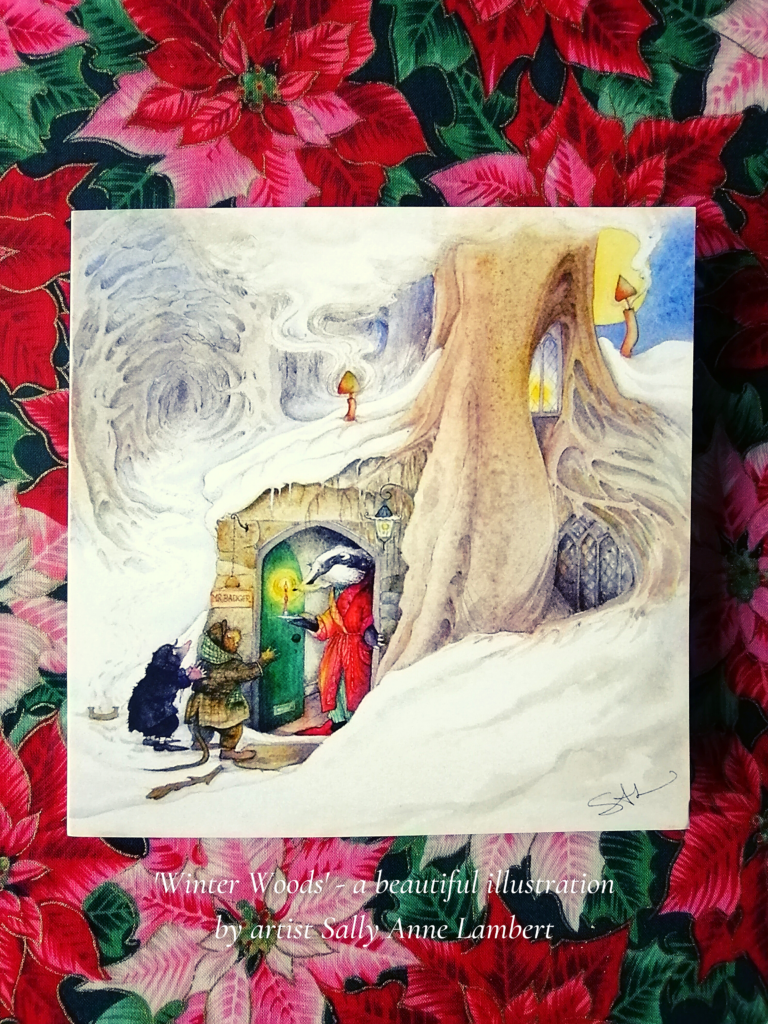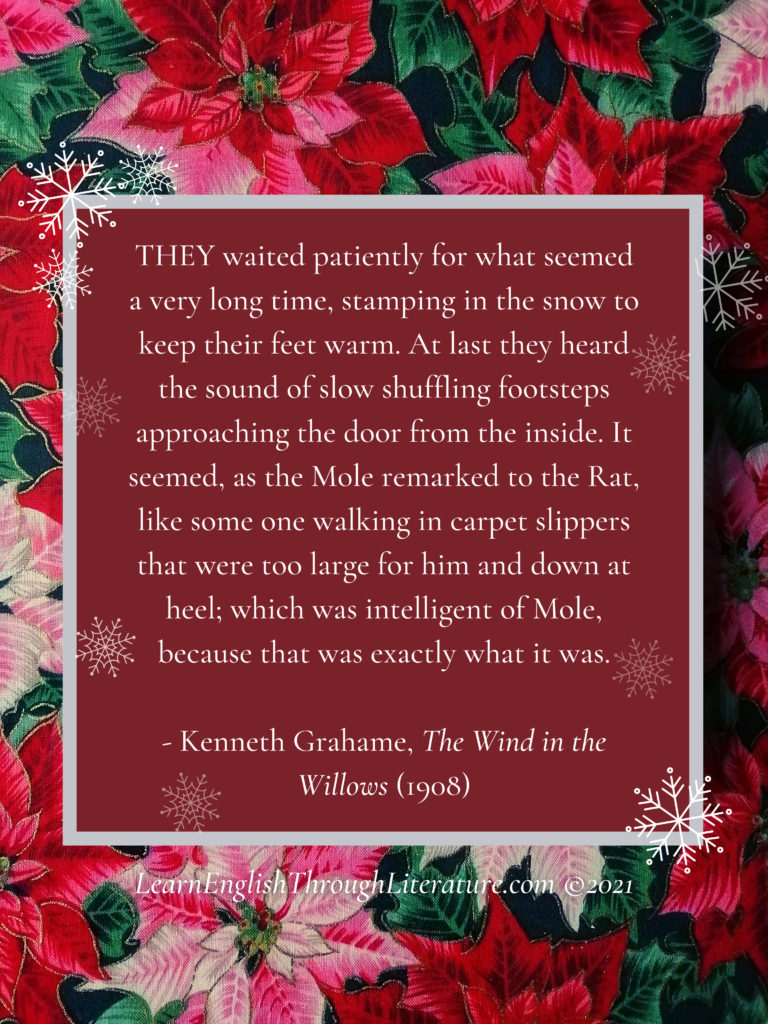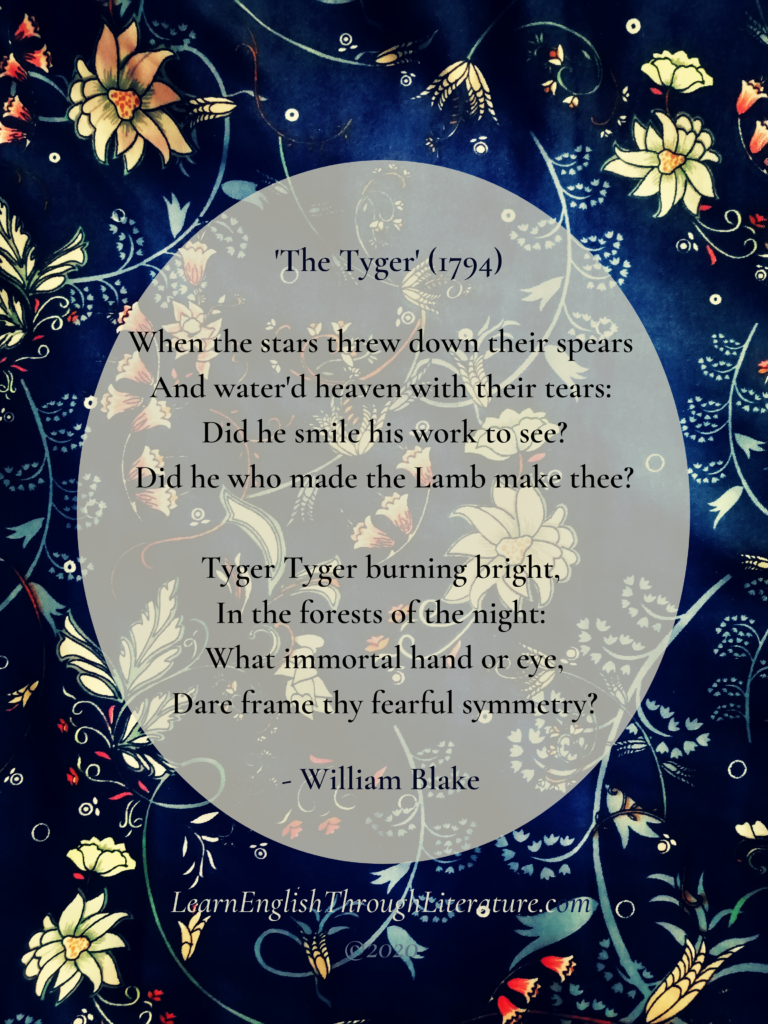Mini-Lesson Monday: Lesson #176 (Part 2): ‘All the Mole’s lively language …’: Distinguishing Between Formal and Informal Registers in English
In the last part of this lesson (see here), we covered the distinctive traits of the formal and informal registers in the English language. I recommend that you check this Part 1 first before reading this, since what we are going to addressed here builds on what was covered before! Through the help of Kenneth […]



